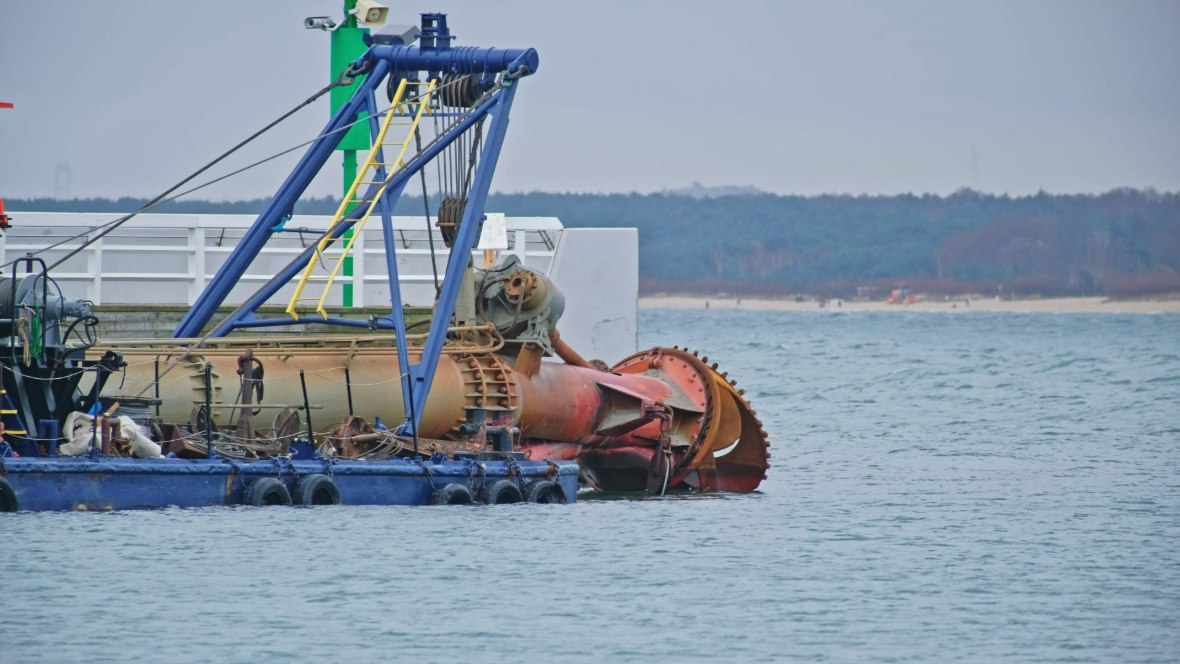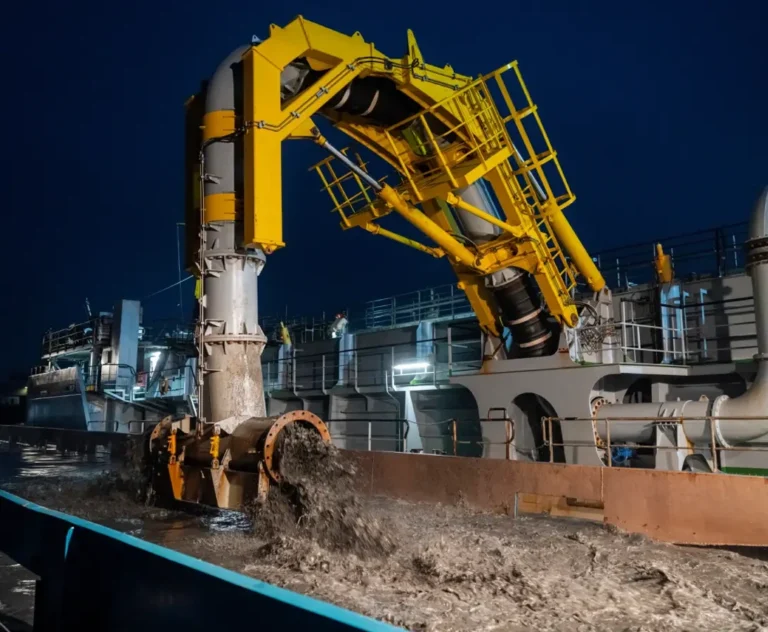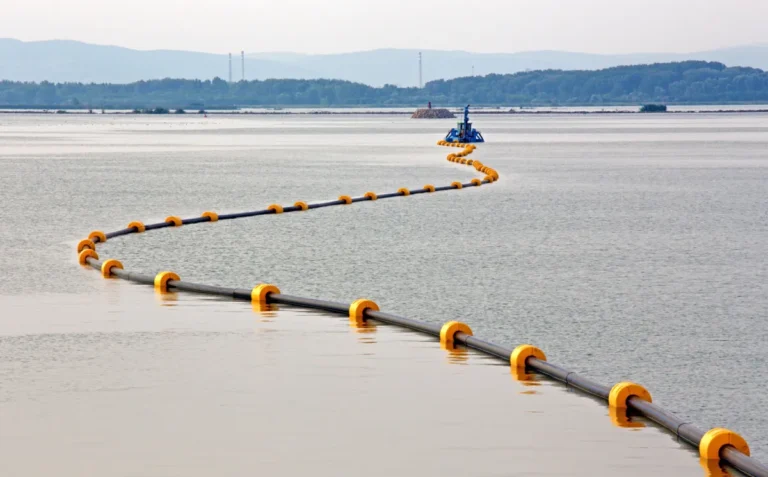Dredging has long played a vital role in shaping waterways, supporting infrastructure, and enabling coastal development. Over time, dredging technology has undergone a remarkable transformation—from rudimentary mechanical buckets to today’s sophisticated, AI-driven systems. As global demands evolve and environmental priorities intensify, the methods and machines used in dredging continue to adapt, becoming more efficient, precise, and sustainable. This article explores the key milestones that have defined the evolution of dredge technology, highlighting how innovation has reshaped the industry across centuries.
Origins of Dredging: A Primitive Yet Powerful Start
The 19th century marked a pivotal phase in the evolution of dredging technology, driven by the industrial revolution and the growing need for reliable maritime infrastructure. During this period, manual methods gave way to steam-powered systems, significantly increasing dredging efficiency and scale.
One of the most notable advancements was the introduction of steam-powered dredge machines, which allowed for continuous operation and the handling of heavier materials. These machines enabled the development of more complex dredging projects, particularly in support of expanding global trade and port development.
The cutter suction dredger (CSD) emerged as a major innovation during this era. It combined a rotating cutter head with a suction pipe to efficiently excavate and transport sediments. CSDs became essential for deepening navigation channels and reclaiming land for urban and industrial use. Their ability to handle compacted materials made them superior to earlier mechanical solutions.
Mechanical clamshell dredgers and ladder dredgers also became more common during this period. These dredge machines improved material handling through repetitive digging and lifting operations. However, they still relied on human operators for control and lacked the automation capabilities seen in later technologies.
This phase of dredge technology laid the groundwork for the large-scale transformation of coastlines, riverbeds, and harbors. Cities across Europe, North America, and Asia began to integrate dredging into their urban planning strategies—supporting the expansion of ports, inland waterways, and land reclamation projects. The increasing availability and mechanization of dredging technology made it possible to support industrial growth and global maritime commerce at an unprecedented scale.
The Industrial Age: Rise of Mechanized Dredge Machines
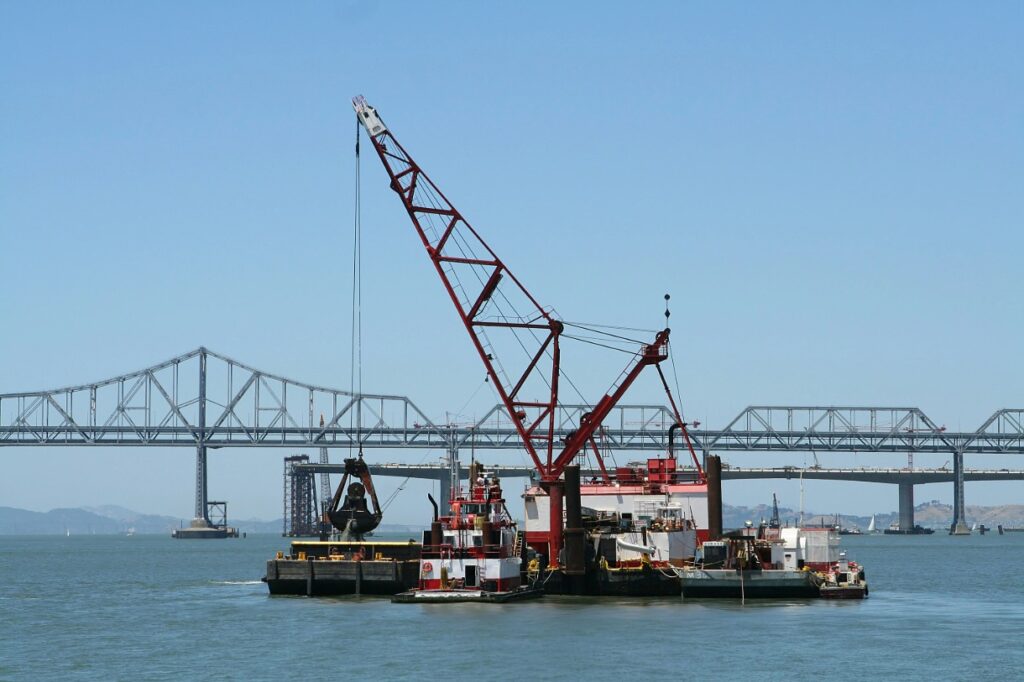
The Industrial Age ushered in a transformative period for dredging technology, marked by the transition from manual labor to mechanized systems. As global trade intensified in the 19th century, so did the demand for deeper ports, navigable canals, and expanded harbors. This need directly influenced the development of more efficient dredge machines.
A breakthrough came with the introduction of steam-powered dredgers. These machines significantly increased the speed and volume of material that could be removed from waterways. Unlike earlier manual or animal-powered methods, steam engines enabled continuous operation, drastically reducing downtime and increasing productivity.
Another milestone was the evolution of the cutter suction dredger (CSD). This type of dredging equipment uses a rotating cutter head to dislodge compacted sediments, which are then removed via a suction pipe. CSDs became widely used for harbor deepening and land reclamation projects due to their ability to handle a wide range of materials, including clay, silt, and sand.
Additionally, mechanical clamshell dredgers and ladder dredgers played a vital role during this time. These dredge machines were effective for material handling in ports and rivers, utilizing grab buckets or ladder-mounted chains of buckets to scoop and remove sediment. While they enhanced operational efficiency compared to earlier tools, they still lacked automation and required constant human oversight.
The expansion of dredge technology during the Industrial Age had a lasting impact on urban development. Major port cities around the world used mechanized dredging to facilitate trade routes, construct industrial zones, and reclaim land for infrastructure. This era laid the foundation for modern dredging practices, proving that efficient dredging technology was critical to both economic growth and urban expansion.
20th Century Revolution: Hydraulic and Specialized Dredge Technology
The 20th century marked a period of rapid advancement in dredging technology, driven by the increasing demands of industrialization, mining, and global infrastructure projects. This era saw the widespread adoption of hydraulic dredging systems, a major leap forward from the mechanical methods of the previous century. Unlike mechanical systems that relied on physical scooping or lifting, hydraulic dredging used high-powered pumps to move sediment through pipelines—enabling faster, more continuous operations over longer distances.
Among the key developments were the introduction and refinement of suction dredgers and cutter suction dredgers (CSDs). Suction dredgers operate by drawing loose materials from underwater beds using vacuum-like mechanisms. They were especially useful in soft sediment environments such as riverbeds and estuaries. In contrast, CSDs combined a rotating cutter head with suction power to excavate denser, compacted materials, making them indispensable for harbor deepening, channel maintenance, and land reclamation.
Another major innovation was the use of jetting systems, which employed high-pressure water jets to agitate or break up materials before suction. These systems proved valuable in reducing clogging, increasing productivity, and improving precision in challenging or shallow-water conditions.
The impact of this new dredge technology extended beyond navigation and infrastructure. In the mining sector, hydraulic dredging enabled efficient extraction of resources like sand, gravel, and even gold from submerged deposits. These dredge machines allowed for cost-effective resource recovery while minimizing manual labor and operational hazards.
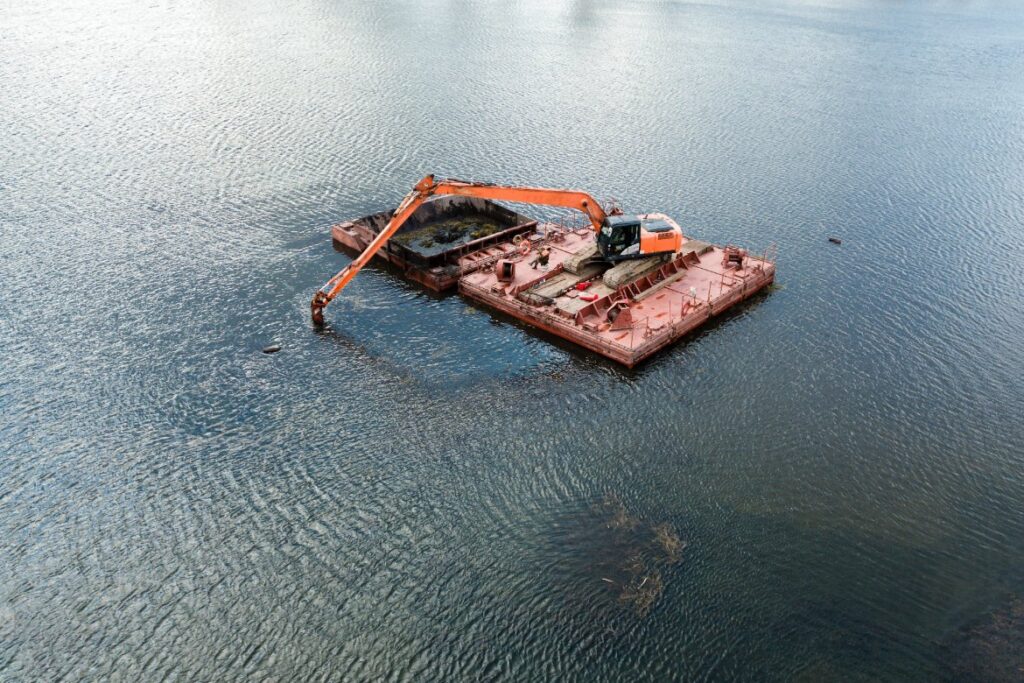
The Digital Age: Automation and Remote Control
From the 1990s to the early 2000s, dredging technology entered a new era with the integration of digital systems and remote operations. This shift significantly improved precision, efficiency, and safety across dredging projects worldwide.
The introduction of GPS-enabled dredging operations allowed operators to map dredge paths with high accuracy, reducing over-dredging and ensuring compliance with project specifications. Digital controls became standard in dredge technology, enabling better coordination of dredge head positioning, pump operations, and material flow.
Remote-controlled dredge machines further enhanced operator safety by minimizing on-board personnel and allowing real-time adjustments from onshore or vessel-based control rooms. These systems also improved operational oversight, especially in hazardous or restricted-access environments.
Advanced sensors and real-time monitoring tools became essential components of modern dredging technology, allowing for live feedback on slurry density, pipeline pressure, and flow rates. Combined with automation, these innovations streamlined operations and minimized downtime, setting the foundation for the intelligent dredging systems that would follow.
AI and Smart Dredging: The New Frontier
The emergence of AI-powered dredging technology represents a major leap forward in the evolution of modern dredge technology. Artificial intelligence is transforming how dredging operations are planned, executed, and maintained—bringing automation, precision, and efficiency to new levels.
One of the key applications of AI is predictive maintenance. By analyzing equipment performance data, AI systems can forecast potential failures in dredge machines, allowing for proactive maintenance and minimizing unplanned downtime. Machine learning algorithms also enable real-time performance optimization, continuously adjusting dredging parameters to maximize productivity while reducing wear on components.
Data-driven route planning and sediment management are other crucial areas where AI adds value. By analyzing geospatial and sediment data, AI can recommend the most efficient dredging paths and determine optimal disposal or reuse strategies, improving both environmental compliance and operational outcomes.
The adoption of autonomous dredging systems and uncrewed vessels further reduces the need for onboard crews, significantly enhancing safety and minimizing human error. These systems also support 24/7 operations with minimal supervision.
Benefits of AI integration include improved fuel efficiency, reduced carbon emissions, and significantly lower lifecycle costs—all driven by continuous analysis and optimization.
Environmental Focus in Modern Dredge Technology
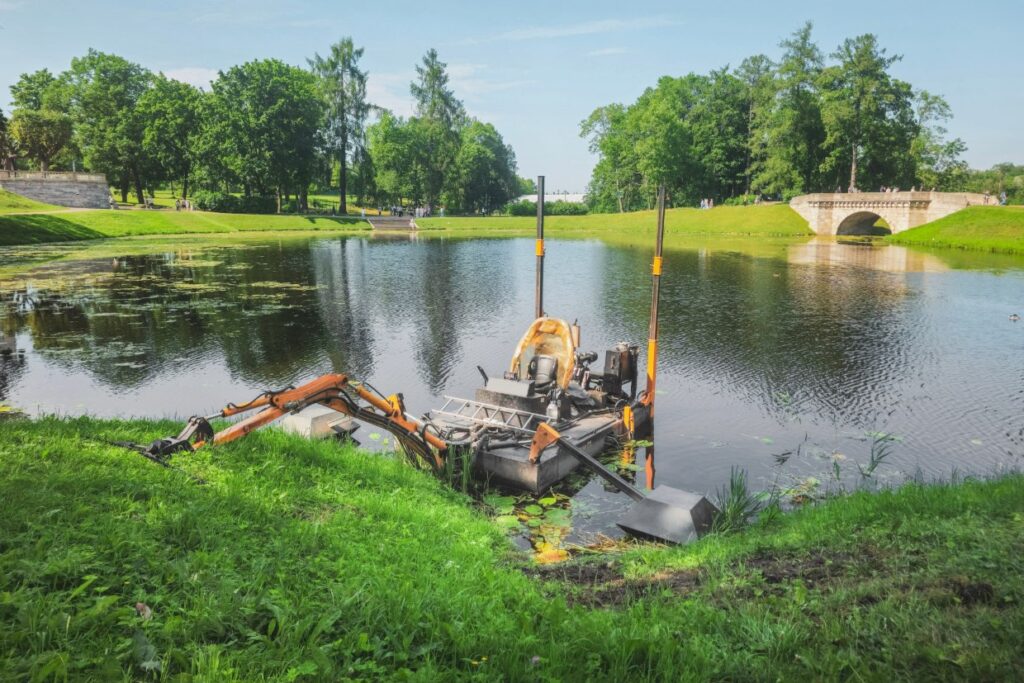
As environmental regulations tighten and public awareness grows, dredging technology has evolved to prioritize sustainability alongside performance. Modern dredge machines are now engineered with a strong focus on minimizing ecological disruption while maintaining operational efficiency.
One of the major advancements is precision dredging, which uses real-time sensors, sonar, and AI-assisted positioning to target specific sediment layers. This minimizes turbidity and prevents unnecessary disturbance to surrounding aquatic ecosystems. Such precision is especially critical in environmentally sensitive zones like wetlands, estuaries, and coral habitats.
Modern dredging operations also emphasize eco-sensitive sediment disposal and reclamation. Sediment is now carefully evaluated for contaminants, reused for land reclamation when safe, or disposed of in controlled environments that comply with strict environmental standards.
Advanced dredge machines incorporate sonar and underwater sensors to detect and avoid marine life during operations. AI-powered positioning systems help maintain accurate dredging paths while minimizing ecological interference.
Compliance with global environmental standards—including digital monitoring and reporting—is now a core requirement. Dredging companies are increasingly leveraging data logging and automated compliance tools to meet international guidelines and demonstrate transparency in their environmental performance. This shift is redefining the role of dredging technology in a more sustainable, accountable industry.
Challenges Driving Innovation in Dredge Technology
Emerging global challenges and evolving industrial demands largely drive the continued advancement of dredge technology. As urbanization accelerates and coastal cities expand, the need for reliable and efficient dredging solutions has become more critical than ever.
One major driver is the growing demand for urban coastal development. Expanding ports, building waterfront infrastructure, and reclaiming land in densely populated regions require highly specialized and adaptive dredging systems capable of operating in complex environments.
Similarly, the rise of deep-sea mining has introduced new technical challenges. Extracting valuable minerals from the ocean floor demands advanced dredge technology that can withstand extreme pressure, operate with minimal ecological impact, and function in remote, unmanned conditions.
Large-scale infrastructure expansion projects—such as canals, harbors, and offshore wind farms—further amplify the need for efficient, high-capacity dredging equipment that offers both precision and durability.
Climate change and rising sea levels add urgency to these developments. Coastal protection, flood prevention, and habitat restoration all rely on sustainable dredging practices. This has led to a growing emphasis on low-emission systems, sediment reuse, and real-time environmental monitoring.
Lastly, tightening environmental regulations are pushing the industry toward cleaner, smarter dredging technologies. Innovations now focus on minimizing turbidity, reducing fuel consumption, and integrating automation and AI to ensure regulatory compliance while maintaining productivity. These challenges are not barriers—they are catalysts accelerating the next phase of dredge technology.
From Manual Labor to Intelligent Systems
From the steam-powered dredgers of the Industrial Age to the AI-powered systems of today, the evolution of dredging technology reflects a constant drive for improved efficiency, safety, and environmental responsibility. As the world faces growing challenges such as urban expansion, sea-level rise, and resource extraction, advanced dredge technology is more essential than ever. Whether you’re managing coastal development, marine mining, or waterway maintenance, modern dredging solutions offer the precision and reliability needed to meet complex demands. To explore specialized dredging equipment built for performance and sustainability, visit Lone Star Dredging and discover how innovation can power your next project.

